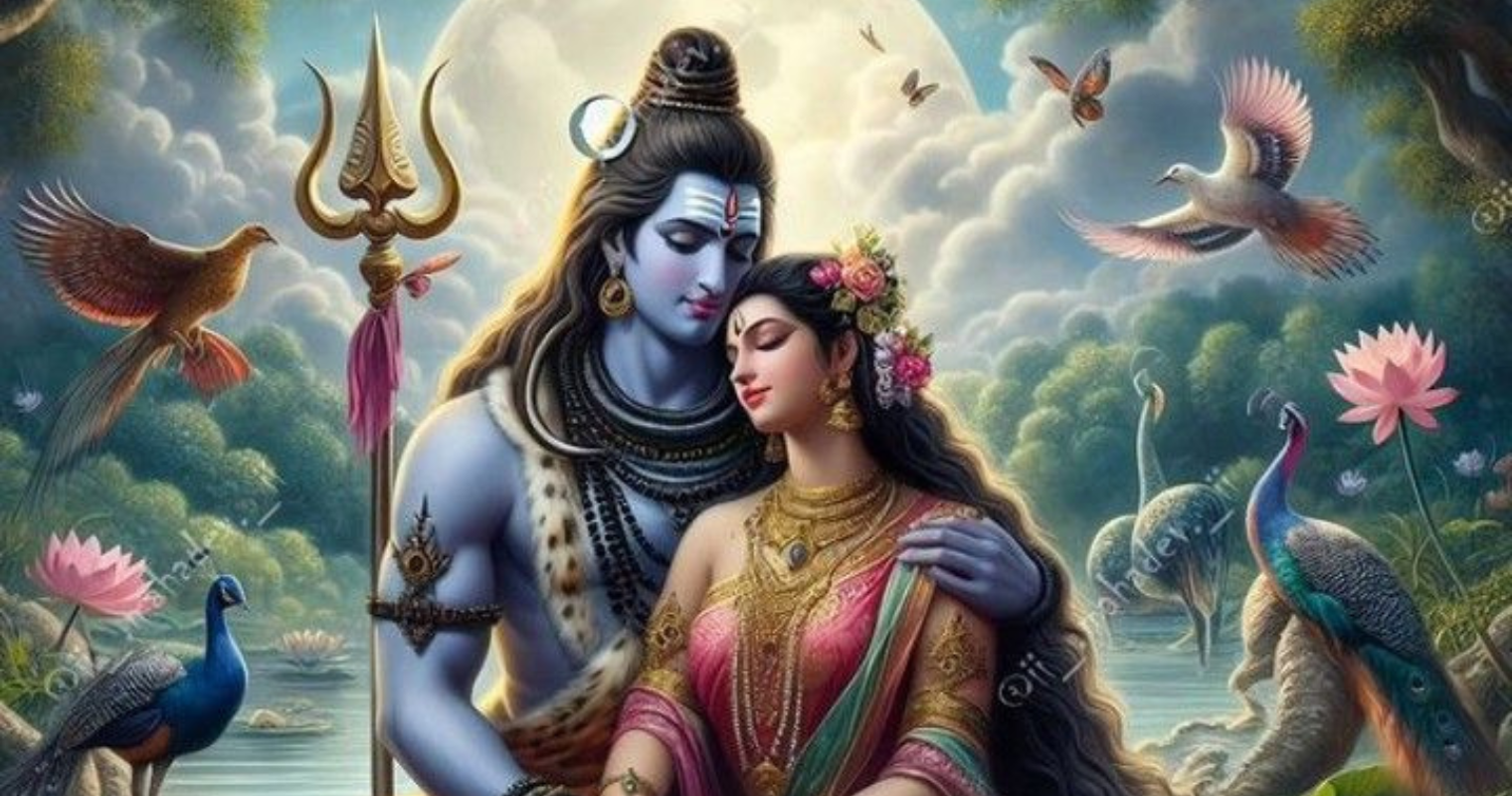
Maha Shivratri
When is Shivaratri 2024 celebrated?
Maha Shivratri is usually celebrated on the 13 th or 14 th day of the Krishna Paksha of the Indian month of Falgun. As per English calendars, it usually falls in the month of February or March. According to the position of the moon, Maha Shivratri falls just before the occurrence of the new moon.
Spiritual Significance of Shivaratri 2024
Although there are many stories behind why this day is celebrated as Maha Shivratri, the most authentic tale is about how Lord Shiva was approached by Gods all across the world to protect them from a poison that the vast oceans were gurgling out hence posing a threat to their existence. In order to endanger them, Mahadev swallowed the poison himself and preserved it in his throat with the help of a snake coiling around it. Gods thanked the Lord for protecting them and thereafter, it is believed that whoever keeps a fast on this day and remembers Lord Shiva with dedication and faith, he or she is granted life and health by the Lord himself.
Another story revolving around Maha Shivratri is the reunion of Lord Shiva and Parvati on this day after the Gods recreated Sati, Shiva’s wife in the form of Parvati. As mythology goes, Sati lent her self to the sacred fire after her father insulted Shiva in front of all at an event in his own kingdom. This day is also remembered as the day of arousal of ‘Jyotirlinga’, an avatar of Mahadev.
Rituals of Maha Shivratri 2024
- Usually devotees fast the whole day with intake of only meager fruits and milk during this period.
- In the night, puja is offered at the various temples of Lord Shiva and a special ritual of ‘Rudrabhisheka’ is performed where people bathe the Lord with milk and offer sweets and prayers.
- It is advised by spiritual experts to practice meditation on this day and to chant ‘Om Namah Shivaya’ as many times as possible during the whole day.
- Married women perform special pujas on this day for the health and well being of their husbands.
Important Timings On Maha Shivaratri 2024
| Sunrise | March 08, 6:45 AM |
| Sunset | March 08, 6:29 PM |
| Chaturdashi Tithi Timing | March 08, 09:58 PM – March 09, 06:18 PM |
| Maha Shivaratri Parana Time | March 09, 06:44 AM – 06:18 PM |
| Nishita Kaal Puja Time | March 09, 12:12 AM – 01:01 AM |
| Ratri First Prahar Puja Time | March 08, 06:29 PM – 09:33 PM |
| Ratri Second Prahar Puja Time | March 08, 09:33 PM – March 09, 12:37 AM |
| Ratri Third Prahar Puja Time | March 09, 12:37 AM – 03:40 AM |
| Ratri Fourth Prahar Puja Time | March 09, 03:40 AM – 06:44 AM |
Celebration of Maha Shivaratri in different states
- All across India, Lord Shiva is worshipped in different temples of which the notably famous are Kalahasteswara temple in Kalahasti, Andhra Pradesh, Umananda Temple located in the peacock island amidst the Brahmaputra rives in Assam, Bhutnath Temple in Himachal Pradesh, Matangeswar temple in Madhya Pradesh and Tarakeswar temple in West Bengal. To see some of the Shiva temples in India.
- The famous Sidhlingappa’s fair is observed during Maha Shivratri in Karnataka.
- In Kashmir, Maha Shivratri is also termed as ‘Hayrath’ or Vatuk puja after which a tradition of exchanging gifts is commonly seen among the local Hindus residing there.
Conclusion:
As Mahashivratri unfolds its mystical tapestry of devotion and transcendence, let us embrace the divine essence that permeates the cosmos and infuses our lives with purpose and meaning. May this auspicious occasion inspire us to tread the path of righteousness and spiritual evolution, leading us closer to the eternal bliss of union with the divine.
On this sacred night of Mahashivratri, let us join hands and hearts in reverence and gratitude, as we pay homage to the Supreme Being who resides within us and all around us. May Lord Shiva’s blessings illuminate our path and lead us to the ultimate realization of our true selves.
Jai Bholenath! Har Har Mahadev!
